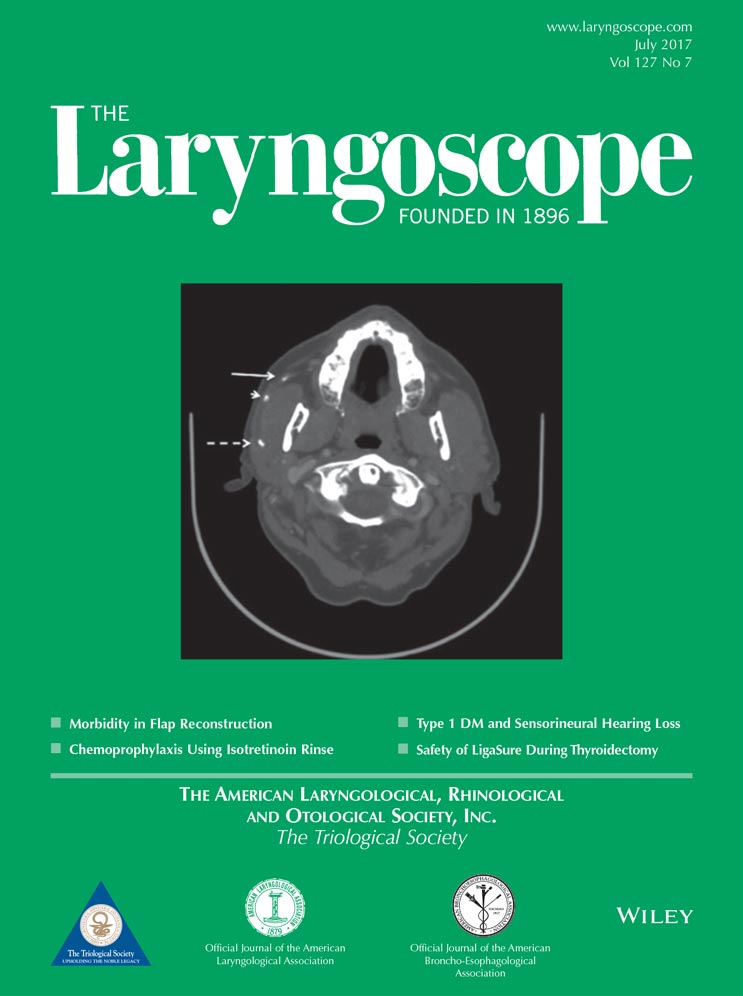Rapid maxillary expansion for pediatric obstructive sleep apnea: A systematic review and meta-analysis
Institution where the work was primarily performed: Tripler Army Medical Center, Honolulu, Hawaii, U.S.A.
The views expressed in this article are those of the authors and do not reflect the official policy or position of the Department of the Army, Department of Defense, or the U.S. Government.
The authors have no funding, financial relationships, or conflicts of interest to disclose.
Abstract
Objectives/Hypothesis
To perform a systematic review with meta-analysis for sleep study outcomes in children who have undergone rapid maxillary expansion (RME) as treatment for obstructive sleep apnea (OSA).
Data Sources
PubMed/MEDLINE and eight additional databases.
Review Methods
Three authors independently and systematically reviewed the international literature through February 21, 2016.
Results
Seventeen studies reported outcomes for 314 children (7.6 ± 2.0 years old) with high-arched and/or narrow hard palates (transverse maxillary deficiency) and OSA. Data were analyzed based on follow-up duration: ≤3 years (314 patients) and >3 years (52 patients). For ≤3-year follow-up, the pre- and post-RME apnea–hypopnea index (AHI) decreased from a mean ± standard deviation (M ± SD) of 8.9 ± 7.0/hr to 2.7 ± 3.3/hr (70% reduction). The cure rate (AHI <1/hr) for 90 patients for whom it could be calculated was 25.6%. Random effects modeling for AHI standardized mean difference (SMD) is −1.54 (large effect). Lowest oxygen saturation (LSAT) improved from 87.0 ± 9.1% to 96.0 ± 2.7%. Random effects modeling for LSAT SMD is 1.74 (large effect). AHI improved more in children with previous adenotonsillectomy or small tonsils (73–95% reduction) than in children with large tonsils (61% reduction). For >3-year follow-up (range = 6.5–12 years), the AHI was reduced from an M ± SD of 7.1 ± 5.7/hr to 1.5 ± 1.8/hr (79% reduction).
Conclusions
Improvement in AHI and lowest oxygen saturation has consistently been seen in children undergoing RME, especially in the short term (<3-year follow-up). Randomized trials and more studies reporting long-term data (≥3-year follow-up) would help determine the effect of growth and spontaneous resolution of OSA. Laryngoscope, 2016 Laryngoscope, 127:1712–1719, 2017




